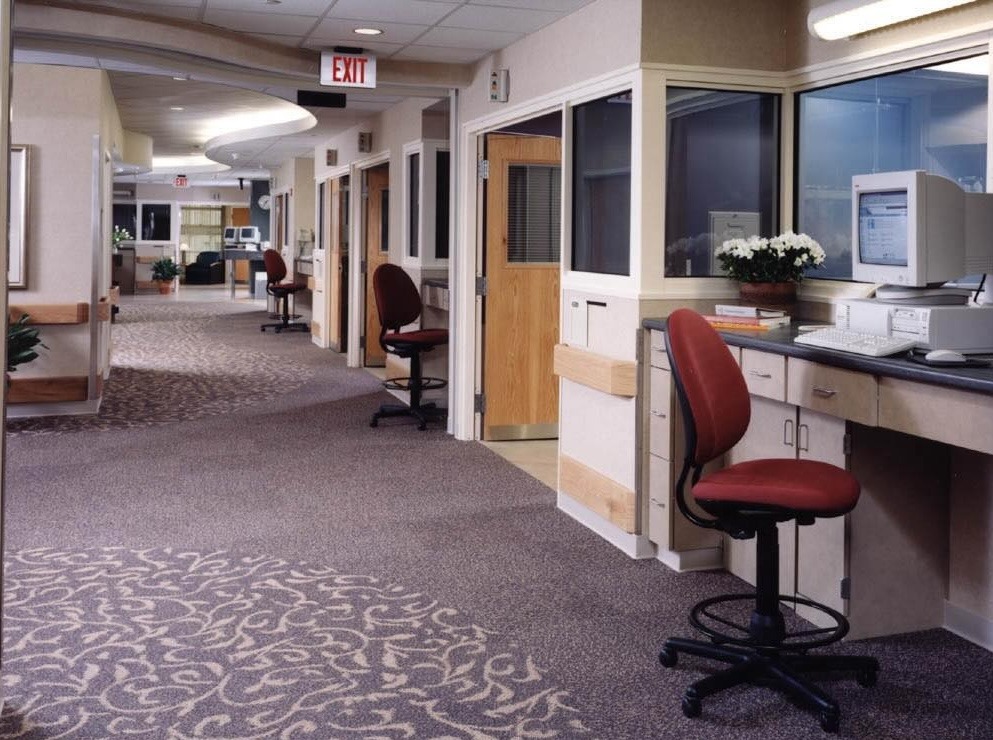At least once or twice a week, I read something about clinician burnout and staffing shortages in healthcare. It was a problem before the pandemic, and as Len Berry and his colleagues pointed out in a recent article in the Harvard Business Review, it has now become a crisis.
They outline five strategies that healthcare organizations can do to help restore depleted healthcare workers:
- Make the most of extended teams
- Be a reliable advocate
- Lead with kindness
- Offer access to emotional support resources
- Allow time for what matters
These strategies remind me of the concept of intrinsic motivation, which is tied to finding meaning and purpose and a drive to take on challenges.
Understanding what motivates people is key to solving the problem of clinician burnout and staffing shortages.
For the Love of Purpose
A few years ago, Gensler did some research on what motivates people to work for not-for-profit employers. And while not all healthcare organizations are not-for-profit, many are. These are some of the things Gensler identified as being important to supporting why people work:
- Collaboration and learning
- Socialization
- Flexibility
- Beauty
Of course, the design of the physical environment of healthcare can promote all these things. Which in turn can support the five strategies Len and his colleagues say are necessary for healthcare organizations to "restore their workers’ physical and emotional reserves, sense of self, and trust in the organization that employs them."
That's why providing a physical workplace that supports health and well-being should be added to their list.
No More Culture of Deprivation
And should we still be concerned with the "culture of deprivation" thing that makes front-line caregivers feel guilty if they work in a nice space? I don't think so.
Healthcare workers want -- and deserve -- more from their physical workplace. They just may not know what it should be like.
So it is up to their employers to deliver it.
Want More?
Check out these articles:
5 Ways to Restore Depleted Health Care Workers. Harvard Business Review, February 2022.
Does the Culture of Deprivation Still Exist in Healthcare? A post I wrote in October 2021.
Every Nurse Deserves a Zen Den or Tranquility Room. A post I wrote in February 2020.
Tackling Clinician Burnout: Nurses Should Not Have to Cry in the Bathroom. A post I wrote in November 2019.
What Can We Learn From Not-For-Profit Employers About What Matters Most? Gensler research, 2016.
P.S. Please do me a favor -- if you liked this post and like this blog, please share it with others by sending them the link or posting it on your Twitter, LinkedIn, or Facebook. Also, don't forget to subscribe, so you'll get emails when new content is posted. Thanks!







